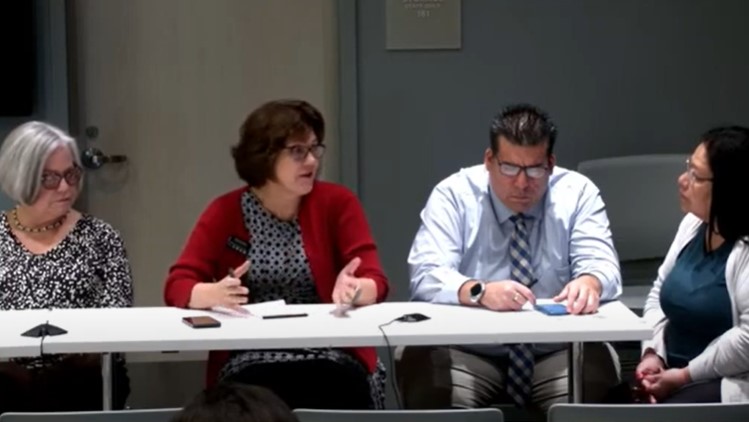We’re getting closer, folks.
The Delaware Digital Equity Plan, part of the process of obtaining federal funding through the Digital Equity Act, funded by the Bipartisan Infrastructure Law, is now open for public comment, bringing the state closer to the goal of internet for all.
The 187-page document, which is open for public comment through Dec. 4, isn’t exactly light reading, but it outlines an important plan to achieve what no other state has: universal high-speed internet.
On Tuesday, Delaware Broadband Office Director Roddy Flynn led a digital equity roundtable that was streamed on YouTube and the Delaware Department of Technology and Information’s Facebook page. Community partners from NERDiT CARES, AARP, the Latin American Community Center, the Delaware Division of Libraries, the Delaware Division of Vocational Rehabilitation and the Office of Veterans’ Services joined to discuss the plan, community resources, and some of the challenges of closing the digital divide.
The roundtable adds life to the issues laid out in the Digital Equity Plan — and may expand what you think of when you think “digital equity.” The plan covers people with lower incomes, racially marginalized groups, and people living in rural areas where the internet has historically been slow or non-existent. It also covers residents over 50 who may not have enough digital literacy to use necessary digital resources, incarcerated individuals who could access online workforce development programs, disabled people, people with language barriers, and veterans.
Access to devices is as important as access to infrastructure, the panelists noted: While rural residents may lack broadband infrastructure, low-income people in urban and suburban areas may have full access to the infrastructure but no device or the digital literacy to use it.
You can watch the full roundtable here:
Don’t have an hour? Here are five takeaways:
- Workforce development is a major part of digital equity, and marginalized people who need it need to be aware that programs are available that can lead to jobs that significantly improve quality of life without incurring debt. Places like community centers are especially vital for spreading awareness within communities.
- Partnerships between organizations are important to help address barriers like lack of devices, digital literacy, language access and other social needs. Digital equity requires a community effort.
- Programs like the Affordable Connectivity Program can help close the digital gap, but it hasn’t reached everyone who can benefit from it. More outreach is needed to enroll eligible households.
- Delaware’s 33 (soon to be 34) libraries play a key role in closing the divide with their free resources like digital literacy training, devices and high-speed internet access.
- More reliable broadband in rural areas in Delaware will make it possible for people in these areas to benefit more from workforce training programs.
Join our growing Slack community
Join 5,000 tech professionals and entrepreneurs in our community Slack today!
Donate to the Journalism Fund
Your support powers our independent journalism. Unlike most business-media outlets, we don’t have a paywall. Instead, we count on your personal and organizational contributions.

Traditional PPE isn’t made for everyone. Here’s how one startup is fixing it.

Comcast introduces ultra-low lag Xfinity internet that boosts experiences with Meta, NVIDIA and Valve

This Canadian startup with a network of 100,000 is helping international college students find their careers



